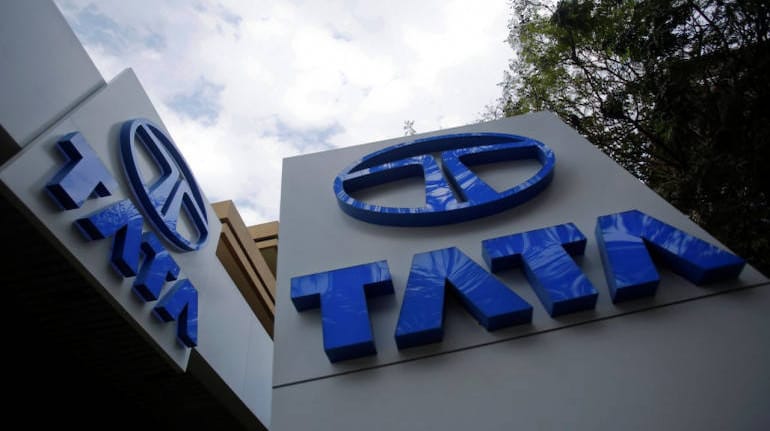



The massive restructuring exercise kicked off by Tata Motors over the last few months aimed at making the behemoth more nimble to counter market challenges is nearly complete.
As part of the plan a 'few hundred' employees have been offered or will shortly get the option of the voluntary retirement scheme (VRS) floated by the company to bring into force the organisational effectiveness project.
The Mumbai-based company is bringing in senior-level executives even from outside the stand-alone entity, awarding new roles to existing employees, creating new positions and doing away with old generation hierarchy to increase levels of accountability while enforcing a leaner reporting structure.
"We are about to complete the restructuring. However, in the interest of our employees and the company, we've nothing to report at this point of time", said a company spokesperson.
While several media reports said that 500 white-collar Tata Motors employees will be the offered VRS the actual figure could be less than that, say sources. "The final count of employees who are outplaced will be arrived at shortly", said a source.
This is not the first time that the company has rolled out a VRS package. Two years ago the company unveiled a similar plan but for blue collar workers above the age of 40. During that time the company posted a record loss of Rs 3,575 crore at the stand-alone level during the nine months ended December 31, 2015.
At that time blue collar workers (workers employed at factories) made up more than half of the company's total workforce of more than 30,000 employees.
As a result of the restructuring Tata Motors will now have a much simpler, five-level hierarchy system christened as L1-L5, with L1 being the senior most. This is a generational shift in the reporting structure as the company has had a multi-level reporting structure previously.
Nearly two years ago consultancy firm Accenture was hired by the company to suggest ways to overhaul the management system which included restructuring of reporting and altering the HR methods and leadership development.
As recently as this month Rajesh Khatri, the former executive director and chief executive officer of TAL Manufacturing Solutions, a direct subsidiary of Tata Motors, was absorbed in the company. Khatri was made the Head of Manufacturing Operations reporting to Mayank Pareek, President, Passenger Vehicle Business unit.
Further, the company has also focused on its component supplier base which has been or is in the process of being shrunk dramatically. This process which kicked off last year aims to bring down the number of vendors by a third to around 400.
Tata Motors is tapping into those Tier-1 large vendors who are able to become a one-stop shop for all its needs. The idea behind this exercise is to reduce dependence on smaller vendors many of whom do not have basic design capabilities and cutting-edge modern technology.
Addressing shareholders last year at the annual general meeting before he was ousted as Tata Motors Chairman Cyrus Mistry had spoken of his ambitions of breaking into the top three passenger vehicle ranking by 2020. Until then the company has also promised to launch at least two new model every year.
The company which launched the Tiago, Tigor and Hexa over the course of last 12 months, is presently the fourth largest passenger car-maker in India behind Maruti Suzuki, Hyundai and Mahindra & Mahindra in that order. The Nexon sports utility vehicle, sports car RaceMo, Tiago Sport and a premium SUV will be coming up for launch in the next few months.
Discover the latest Business News, Sensex, and Nifty updates. Obtain Personal Finance insights, tax queries, and expert opinions on Moneycontrol or download the Moneycontrol App to stay updated!
Find the best of Al News in one place, specially curated for you every weekend.
Stay on top of the latest tech trends and biggest startup news.